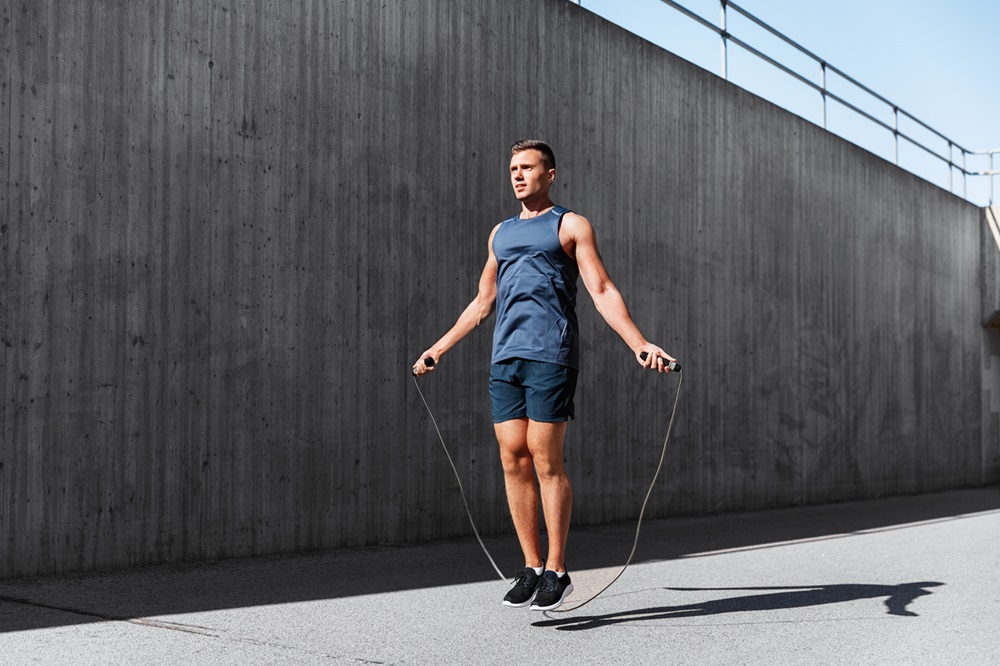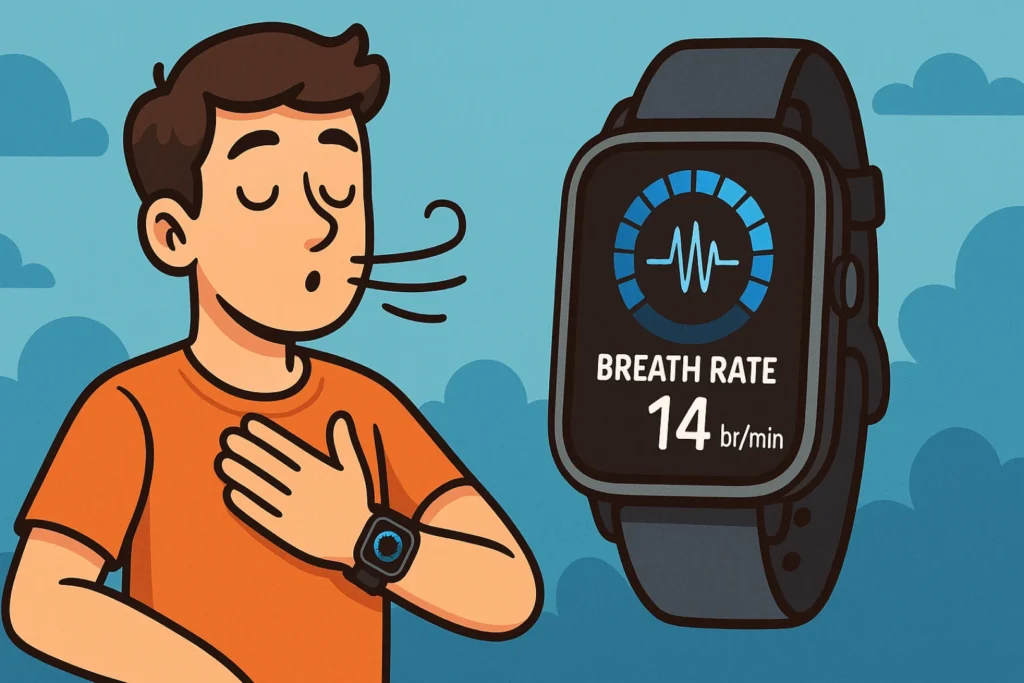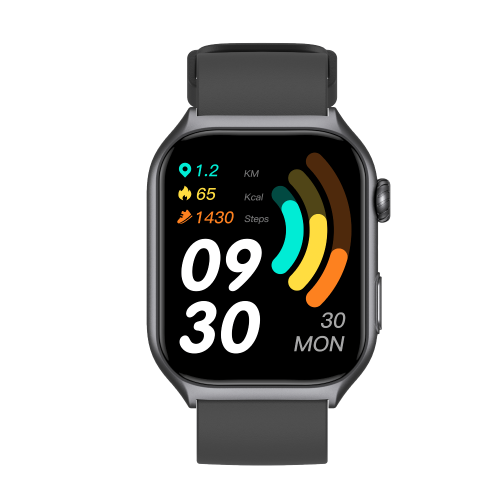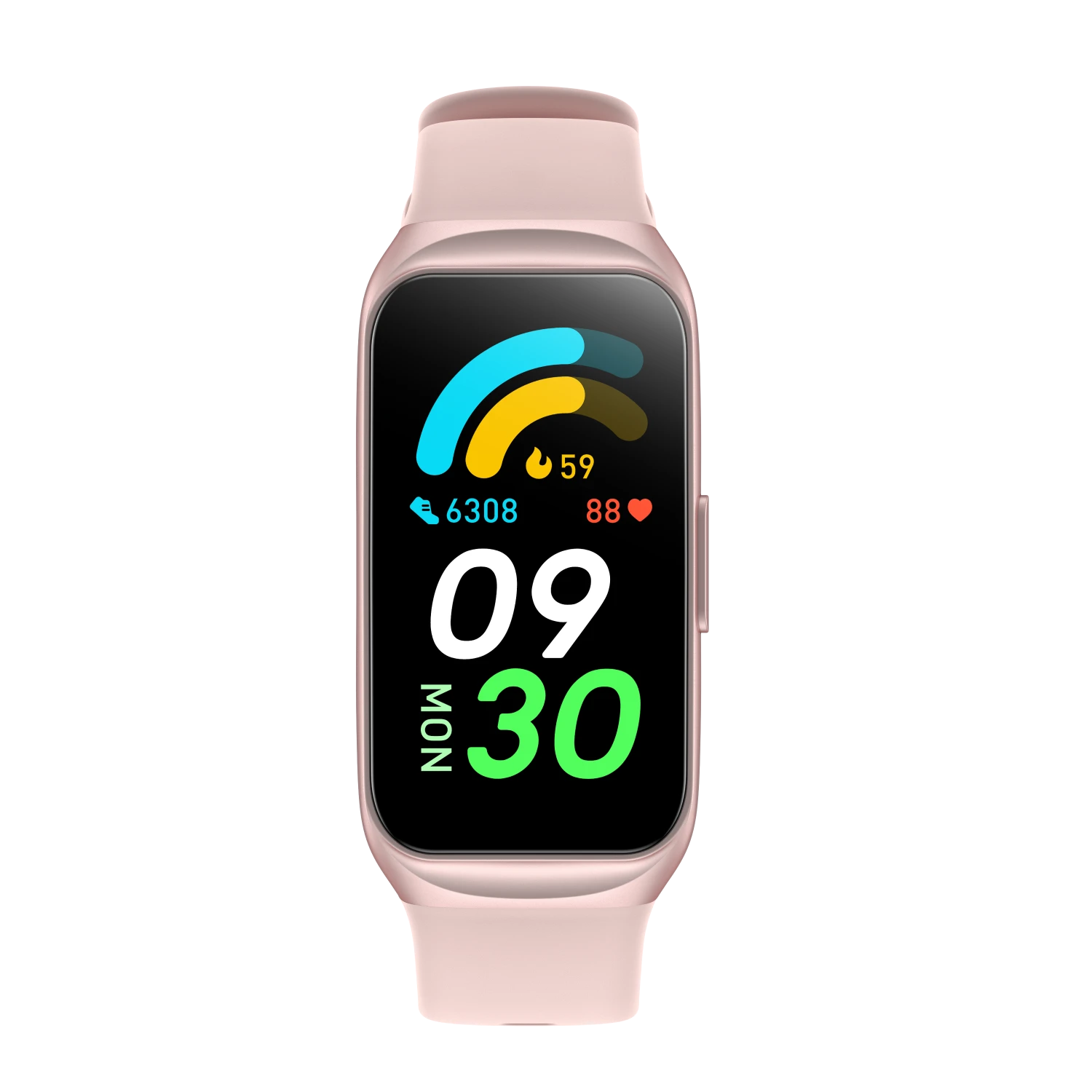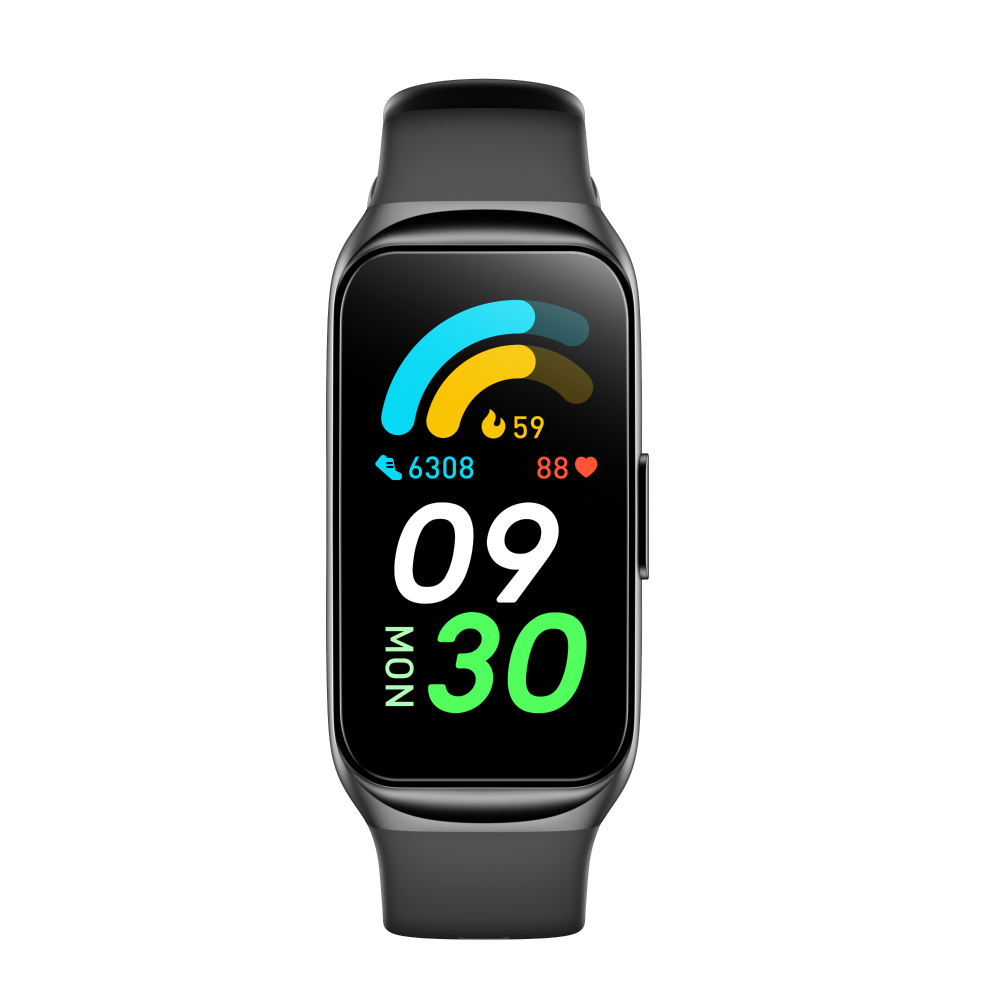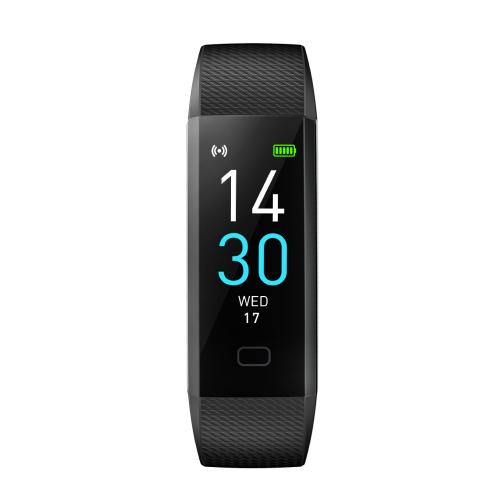Looking for an effective, easy-to-perform, high-intensity exercise you can do at home? Then rope skipping is just the thing for you.
Jumping rope isn’t just a fun childhood activity; it’s actually an effective High-Intensity Interval Training (HIIT) workout that is popular among athletes and fitness enthusiasts. Incorporating rope skipping into your workout routine can help improve your heart health, calories burned, coordination, endurance and overall fitness. It’s a great way to not only improve your health, but also elevate your exercise performance and reduce the risk of injuries in other sports.
If you’re new to jump rope workouts, here’s a guide covering everything from the health benefits to how to get started.
6 Benefits of Jumping Rope
Whether you’re aiming to improve your cardiovascular health, boost your athletic performance, or simply burn some extra calories, jumping rope can be a valuable addition to your daily workout routine. Here are 6 key benefits of jumping rope, along with some tips to help you get the most out of this exercise:
1. Improves Cardiovascular Health
Jumping rope gets your heart rate up, which strengthens your cardiovascular system and improves overall heart health. This high-intensity exercise helps to increase your heart’s efficiency, reducing the risk of heart disease and improving circulation.
Tip: Start with short intervals and gradually increase the duration as your endurance improves. Aim for at least 10 minutes of continuous jumping to get your heart pumping. If you have a smartwatch or fitness tracker with a sports recording feature, you can use it to monitor your heart rate and ensure you’re working within your target heart rate zone.
2. Enhances Balance and Coordination
The rhythmic nature of jumping rope helps improve your balance and coordination, making you more agile. This can be particularly beneficial for athletes who need to maintain control and precision in their movements.
Tip: Practice different jump rope techniques, such as single-leg jumps or criss-crosses, to challenge your coordination and balance. You can use a smartwatch or counter to track your jump count and help you maintain a consistent rhythm.
3. Builds Endurance
Regularly jumping rope increases your stamina and endurance, allowing you to perform physical activities for longer periods. This can translate to better performance in other sports and daily activities.
Tip: Incorporate jump rope intervals into your workout routine. For example, alternate between 1 minute of jumping and 1 minute of rest for a total of 10-15 minutes.
4. Helps Burn Calories
Jumping rope is an effective calorie-burning exercise, which can aid in weight loss and maintaining a healthy weight. It’s a great way to burn a significant number of calories in a short amount of time.
Tip: Combine jump rope sessions with a balanced diet and other forms of exercise to maximize calorie burn and achieve your weight loss goals. A smartwatch or fitness tracker can better help you track the calories burned during your jump rope sessions.
5. Increases Lung Capacity
The continuous movement and breathing required during jumping rope help enhance your lung capacity and respiratory efficiency. This can lead to better oxygen intake and improved overall respiratory health.
Tip: Focus on deep, controlled breathing while jumping. Try to maintain a steady rhythm to improve your lung capacity over time. Use a smartwatch to monitor your heart rate and ensure you’re breathing efficiently.
6. Boosts Athletic Performance
By improving your speed, agility, and coordination, jumping rope can enhance your performance in various sports and physical activities. It helps to develop quick reflexes and better body control.
Tip: Use jump rope drills as part of your warm-up routine before engaging in sports or other physical activities to improve your overall performance.
How to Get Started With Jumping Rope
First of all, you need to choose the correct size of jump rope. A rope that’s too long or too short can make jumping more difficult.
1. Choose A Suitable Jump Rope:

The ideal length of your jump rope should be no longer than your height plus 3 feet (0.9144m). For example, if you’re 5’6″ (1.70688m) tall, the rope should be a maximum of 8’6″ (2.62128m). Another easier way to choose the right jump rope length is to stand with one foot in the middle of the rope, then pull up on the handles; the handles should reach your armpits.
2. Proper Jump Rope Form:
Step 1: Stand up straight, shoulders down, and eyes looking forward.
Step 2: Keep your feet close together and elbows near your body.
Step 3: Hold a jump rope handle in each hand, with the rope behind your feet.
Step 4: Tighten your stomach muscles to engage your core.
Step 5: Keep your arms relaxed, move your wrists in small circles to swing the rope over your head.
Step 6: Bend your knees slightly and jump, landing softly on the balls of your feet. Remember not to kick forward or backward.
If you’re a beginner, it’s recommended to start with shorter sessions of around 5 minutes and gradually increase to 10 minutes or more. Remember to start slowly, listen to your body, and gradually increase the intensity of your jump rope sessions.

